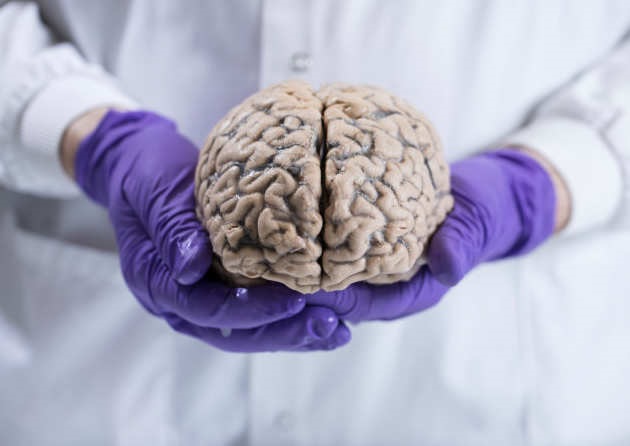
Tokyo: Patients with Parkinson's disease (PD), an illness that affects millions of people worldwide, experience gait-related abnormalities that significantly lower their quality of life.
Despite the existence of numerous pharmaceutical, surgical, and rehabilitative treatments, their efficacy is constrained, a group of Japanese researchers has now successfully overcome this constraint.
The researchers observed notable gait improvements in patients with a variety of neurological illnesses, including PD, by utilizing a unique neuromodulation method that includes gait-combined closed-loop transcranial electrical stimulation.
Parkinson's disease (PD) is a crippling neurological condition marked by a deterioration in motor function, particularly as it relates to gait abnormalities.
These gait problems, which are common in PD patients, show up as shorter steps, less arm swing, sluggish motions, rigidity, and postural instability.
While non-pharmacological approaches like transcranial direct current stimulation show promise in improving motor function, recent research focuses on gait-combined closed-loop stimulation, which synchronizes brain stimulation with the individual's gait rhythm.
A recent study that was released on June 9, 2023 in the Journal of Neurology, Neurosurgery & Psychiatry suggested a unique technique for improving gait, giving people with Parkinson's disease (PD) new hope.
“We recently developed a novel neuromodulation approach using gait-combined closed-loop transcranial electrical stimulation (tES) and demonstrated promising gait improvements in patients who are post-stroke. Here, we tested the efficacy of this intervention in patients with Parkinsonian gait disturbances,” explains lead author Ippei Nojima from Shinshu University and Nagoya City University, Japan.
To this end, the clinical researchers from Japan recruited twenty-three patients with PD or Parkinson’s syndrome.
All study participants were randomly assigned to receive either the active treatment or a “sham” treatment that mimics the active treatment but does not offer any therapeutic benefit.
During the course of the trial, an electrode carrying a low current (up to 2 mA) was externally affixed to the occipital region of the head.
A reference electrode was then placed in the neck region to establish a stable electrical reference point and to complete the electrical circuit.
The treatment included performing tES on the cerebellum in a non-invasive manner.
The brain side showing severe impact was specifically targeted during the electrotherapy.
“Gait disturbance lowers activities of daily living in patients with PD and related disorders. However, the effectiveness of pharmacological, surgical, and rehabilitative treatments is limited. Our novel intervention might be able to improve physical function for not just patients with PD but also for those with other disabilities,” comments senior author Yoshino Ueki from the Department of Rehabilitation Medicine at Nagoya City University.
The cerebellum plays a key role in gate control.
Therefore, the electrical stimulation of this region is likely to exert therapeutic benefits.
The therapy showed encouraging results after just ten repetitions.
The treatment group showed a significant improvement in gait parameters including speed, gait symmetry, and stride length.
Says Professor Nojima, “These findings showed that gait-combined closed-loop tES over the cerebellum improved Parkinsonian gait disturbances, possibly through the modulation of brain networks generating gait rhythms.”
Interestingly, no patient dropped out during the study.
Moreover, patients from both the groups (treatment and sham) showed good and comparable compliance.
Side effects such as skin irritation, vertigo, or odd sensations/perceptions were also not observed in any of the volunteering patients.
This study has special significance, considering the fact that Japan is witnessing a sharp rise in its elderly population.
“Patients with impacted gait have restricted daily activities. We successfully developed a new non-pharmacological and non-invasive intervention for the rehabilitation of patients with PD and other neurological disorders. Our breakthrough method could be used to restore gait in these patients,” concluded Professor Ueki. (ANI)







